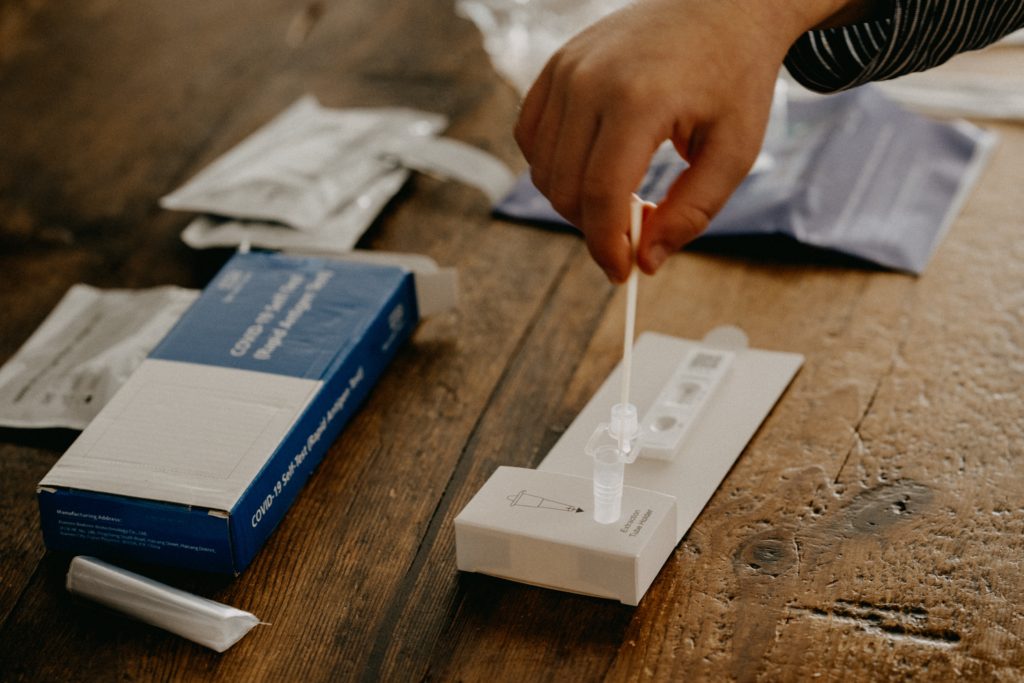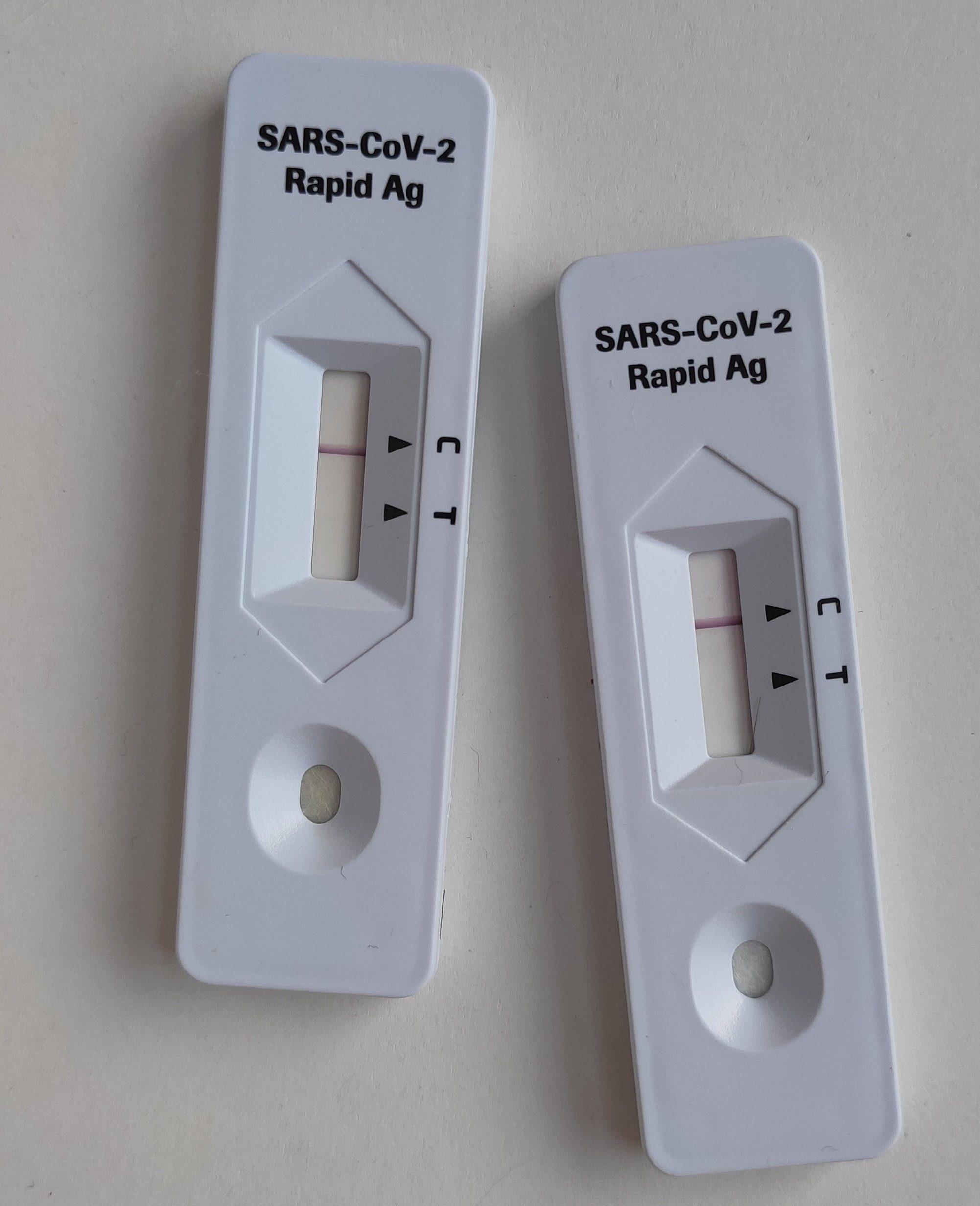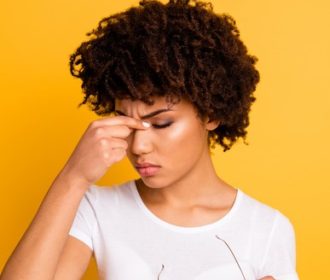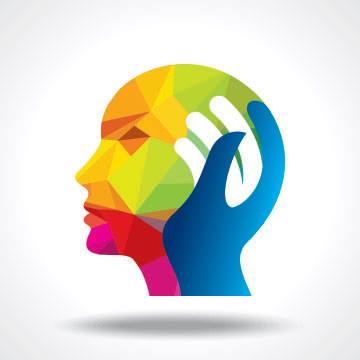In the days following the COVID-19 outbreak, public health experts have warned us against touching our faces. For the vast majority, this is easier said than done. Even under the threat of becoming seriously ill, people still have momentary lapses in judgment. Why is that? Is it possible to make ourselves stop? Here are some takeaways to explain why we do this, and what can be done to reduce, and maybe overcome, what is now officially deemed an annoying and dangerous habit.
Causes
Nothing seems more natural than touching your face. We often touch our faces because it’s a simple reaction to a stimulus, like rubbing away sleep from our eyes or holding our nostrils together to prevent a sneeze, or wiping our mouths with our unwashed hands. In other words, touching our face is often done simply out of reflex.
Research shows that we begin touching our faces at an early age. A fetus is capable of touching its head, face, and even sucking its thumb. And as soon as we are aware of our reflection, we can’t seem to stop touching our faces. We pick at pimples, tweeze our brows, and make-up our faces to perfection.
But touching our faces isn’t always a simple reflex. Facial touching can also be a nonverbal way of communicating. At the end of her comedy show, Carol Burnett would tug at her earlobe to signal to her grandmother that things were going well. A person might also brush or pinch the tip of their nose, stroke their chin, or rub their forehead to indicate they are processing information.
Face touching can also be a reaction to stress and frustration. The stress reaction could stem from a variety of situations and can be either good or bad. It could be a Home Alone palms-to-face panic moment, an exhilarating “I just won the lottery!” moment, or an “I am utterly embarrassed” face-in-hands moment. Body language experts suggest it could also be an “I’m lying to you” moment.
In certain instances, facial touching is a way to feel a sense of comfort or to self-soothe. And when a behavior is repeated often enough it becomes a learned response. The basal ganglia (a part of the brain that affects movement) takes over, and the behavior becomes instinctive. As a result, you end up touching your face absentmindedly.
People are simply unaware of how frequently they touch their faces, even when they know its potential consequences. An observational study at the University of South Wales found that a group of medical students touch their faces 23 times an hour, despite knowing it would transfer germs.
Tips for What You Can Do
Keep Track. By increasing your awareness, you will gain insight into how frequently you touch your face and when it occurs. Just the act of self-monitoring can reduce its frequency. Start by partitioning your day into segments (e.g., morning, afternoon, and evening). At the end of each segment, count the frequency and determine the grand total.
Get a Buddy. Having a buddy tell you when you are touching your face will ensure your count is accurate and help reduce the behavior by calling immediate attention to it.
Recite an Affirmation. At the start of each segment, tell yourself that you are going to change your behavior. But keep your goals small and specific. For example, if you declare, “I’m going to totally STOP touching my face,” chances are you won’t succeed. You’ll get frustrated and give in after a few days. Instead, you might say, “I’m going to decrease the number of times I touch my face by X.” Aim for reduction first, then total elimination.
Inject Imagery. Have a good imagination? Think about the nasty things you touch all day that are loaded with germs and viruses (your electronic devices, door handles, steering wheel, keys, toilet handle, someone else’s pen, money, etc.) and if you want that stuff on your face. Just being mindful will help reprogram your brain so you will become more aware of what you’re doing to your face.
Try (Positive) Distractions. Nervous hands? Distract them in a way that would result in positive (not negative) consequences. Going for a bag of chips because it keeps your hands busy would be a negative distraction. Instead, a positive distraction, like a rubber squeeze ball, can be used to keep hands occupied and doesn’t cost unwelcome calories. If you don’t have one, try a pencil or pen, or a toy or gadget like a Rubik’s Cube. (I received a gift of worry beads once.) You might also consider hand and finger exercises to reduce tension. For example, make a fist, then spread your fingers wide for 30-60 seconds. Repeat four times on each hand.
Apply Reinforcement Principles. An old-fashioned reinforcement technique I’ve used successfully calls for wearing a rubber band and snapping it on the inside of my wrist. If I touched my face, I would snap the rubber band just enough to sting slightly. The purpose is to associate the temporary discomfort with the undesirable behavior (face touching). I would use the skinniest, lightest, and most flexible rubber band available, one that will hang loosely over the wrist and stretch about 2-3 inches.
If you find that a bit punitive, the purpose is not to inflict red and blue marks that can be seen from ten feet away. If you wish, you can also incorporate positive reinforcement—a reward—at the end of each day if you’ve met your daily goal reduction.
For the Tech Savvy
Technology has come to the rescue for those who think manual counting is too much work (although the activity itself can be motivating). There’s a device you can wear on your wrist to monitor the number of times you touch your face. When that happens the device will vibrate. It was developed initially for people suffering from trichotillomania, a disorder that compels a person to pull out their hair. But the goal is the same: decrease frequency by increasing awareness.
Not Going Well? Forgive, Analyze, and Try Again
If your interventions don’t seem to be working, don’t be hard on yourself. After all, this is a difficult habit to break. Carefully examine your triggers. Could you be stressed or bored? Is it more likely to happen when you’re at work? Is there an environmental factor, like an allergy?
Once you identify the cause(s), make whatever adjustments you can. For nervous hands, try a competing activity (something you can do that will physically prevent you from touching your face), such as sitting on your hands for 30 seconds or more. When I’m working on my laptop, for example, or trying to solve a complex problem, I’m more likely to touch my face. So I might 1) sit on my hands for 30 seconds; 2) make fists and open and close them five times; 3) take a couple minutes away from my desk; or, as a last resort, 4) use the rubber band technique.
Remember, no one is perfect, and you will slip up along the way. When you do, acknowledge your mistake and keep going. As part of your COVID-19 response, use the “I goofed” opportunity to do something right, like putting on some hand sanitizer or washing your hands if possible. Then pick up where you left off.
Suffice it to say, if you can avoid touching your face, you are likely to prevent catching a host of other viruses, like the common cold, the seasonal flu, and the “24-hour bugs” that get passed around at work. And once you are successful, make it your new normal for your and others’ health.





Recent Comments